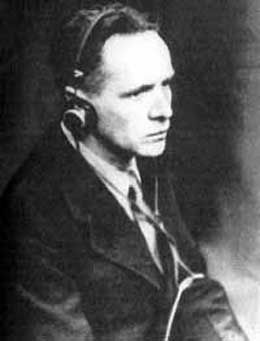SS-Obersturmbannführer Rudolf Höss was in charge of the Auschwitz concentration camp from 1940-1943.
During his “reign”, Auschwitz became a key place for the “Final Solution to the Jewish Question”. In 1943, he was dismissed for corruption on the orders of Heinrich Himmler but was nonetheless promoted. During the final years of the Reich, Höss was based in Berlin supervising all concentration camps except those in Russia and Ukraine.
Rudolf Höss was first arrested by British troops on 21 May 1945, together with Heinrich Himmler and a high-ranking official in the SS, Richard Glücks. He wore a naval uniform, and there was nothing in his appearance or his papers to indicate that he had any association with the death camp. After interrogation, Höss was released and went into hiding.
However, as the Nuremberg trials proceeded, a bigger picture emerged of what had gone on at Auschwitz, and the intelligence services of the Allies began looking specifically for the former commandant of the camps.More to read
On 8 March, a unit of British “Nazi hunter” Hanns Alexander arrested Höss's wife and son. Threatening to extradite them to the Soviets, the British extracted a confession: the woman reported that her husband was hiding in the town of Flensburg in northern Germany. On 11 March 1946, the British arrested Höss again. He was brutally beaten and tortured.
On 15 April, Rudolf Höss would be examined by the Nuremberg Tribunal as a witness for the defence, summoned at the request of Ernst Kaltenbrunner. Höss stated the number of people murdered at Auschwitz under his management was somewhere between 2.5 and 3 million people. That shocking confession would become one of the most striking moments at Nuremberg.
Höss was handed over to Poland after a unanimous decision of the victorious countries. On 2 April 1947, he was brought before the Supreme National Tribunal of Poland. On 16 April, Höss was hanged at Auschwitz camp by court order.

























